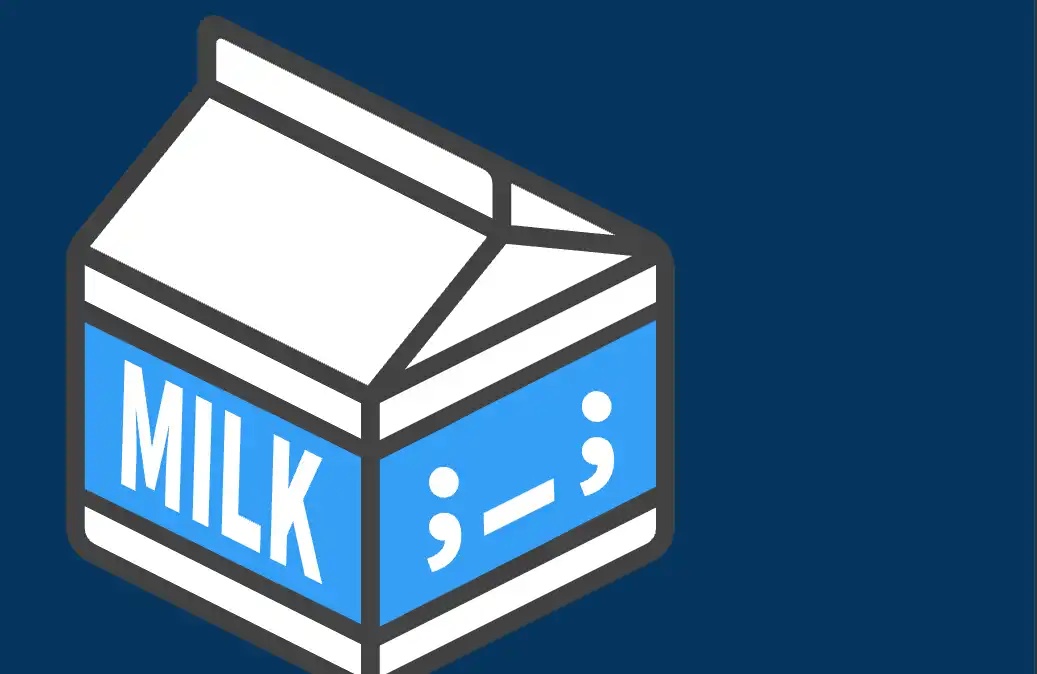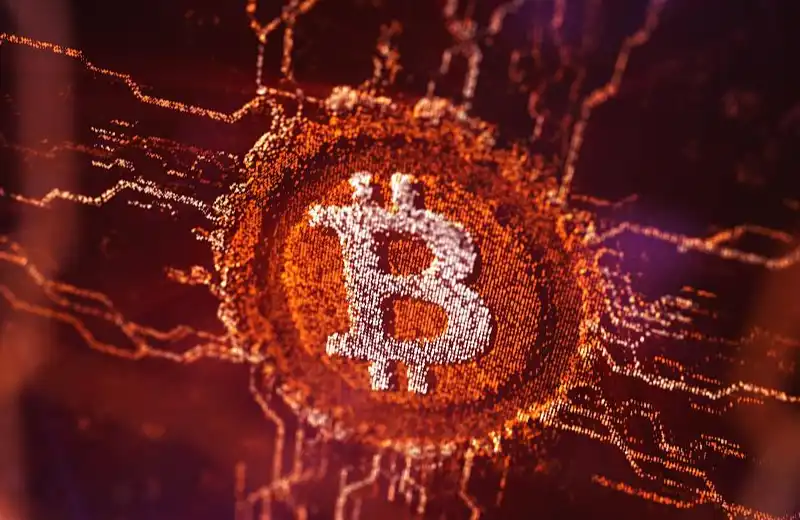Friend.tech economic model expansion: What kind of price curve does SocialFi need?
Source: Loki, ABCDE Capital
Since October, the competitive landscape of Socialfi has gradually become clear, and some competitors have gradually faded out of the market's view. Looking back at the development process of Friend.tech, the economic model (especially the pricing curve) played a very critical role. Specifically, FT's pricing curve has the following characteristics:
- The positive or negative nature of differentiation ensures that as the number of people increases, prices continue to rise and rise faster, ensuring that those who are ahead make money.
- 16000 Achieve a relatively reasonable community capacity.
- As the number of people increases (especially after 100-200), the curve will become steeper, price fluctuations will be higher, and the carrying capacity will gradually weaken.
- The leftmost part of the curve is the most profitable buying range for current profits, but this part is monopolized by the Bot in FT, forming a revenue form similar to "MEV".
For more detailed information, please refer to "Detailed Explanation of Friend.tech Economic Model: Game Theory, Expected Value, and Demand Curve".
One, pricing curve comparison & cost of changing slope
Regarding competitors, Cipher, PostTech, and NewBitcoinCity have fully retained the formula of FT. All protocols are still constructed in the form of quadratic functions, retaining the characteristics of first derivative > 0, second derivative > 0, and third derivative = 0. This characteristic will ensure that the FOMO/money-making effect of FT continues to exist.

The curve of New Bitcoin City mainly comes from the changes in the reference currency and the BTC price. SA and TOMO have made some adjustments to the curve. SA added a linear term and a constant term on the basis of the quadratic term (K²), and reduced the coefficient of the linear term. This change theoretically makes the curve overall smoother (rising more slowly) and the initial price higher. However, since the value of SA's constant term is very small, this change is not easy to detect. Tomo's change is simpler, just reducing the coefficient of the quadratic term by about 73%.
It can be seen that both SA and TOMO fundamentally change the growth rate of the curve. Based on this change, under the same supply of keys, the prices of SA and TOMO will be lower, with SA's price level remaining at around 15%-20% of FT and TOMO's price being 37% of FT.

Overall, this kind of change is not very innovative, and a smoother price is a double-edged sword for copycats. On the one hand, FT provides a value anchor, and it is reasonable for the price of the same player's Key on the copycat to be lower than FT itself, and a lower price will bring better acceptance and greater user carrying capacity. But on the other hand, a smoother curve means a worse wealth effect, which is one of the key factors that attracts hundreds of thousands of users to FT.

Of course, the steep price curve is not without cost. The other side of the upward spiral is the downward spiral. In the past week, Frien.tech's TVL has dropped from 27,000 ETH to 21,000 ETH, a decrease of less than 20%. However, the resulting price collapse and 33 betrayal are far more than that.

二、FT's gray rhino: net outflow of funds
FT's Bot and high transaction fees are visible issues for everyone, and the net outflow of funds they bring is killing Friend.tech. As shown in the figure below, Friend.tech's TVL is entirely derived from user deposits, with PnL generated from user transactions and royalties earned by issuers remaining within the protocol if not withdrawn and used for further investment. However, the "MEV income" earned by the Bot and the portion of the protocol's transaction fees earned will directly become net outflows of funds.

Bot earns "MEV income" that is difficult to quantify, but the entry of DWF founder AG into FT in September is a typical case. The first buy-in price displayed on the FT front-end was 0.4 ETH, which means that the Bot directly bought more than 80 Keys at an average price of 0.135E. These Keys were sold one after another in the next 48 hours, with transaction prices ranging from 1.1E-1.5E. Based on this estimation, the Bot earned approximately 100 ETH in AG's Room, and all of these profits came from user losses.
The handling fee part is relatively well quantified. According to DUNE data as of October 25th, the cumulative handling fee belonging to the project party is 13840 ETH. Calculated based on the highest TVL of 27000ETH, the cumulative ETH deposited by users is at least 40000ETH. Even without considering Bot MEV income, KOL royalty net withdrawals, and net outflows brought by fake accounts Scam, FT has already earned more than 30% of users' principal, which is the result of only three months.

When TVL rises, users don't feel it as strongly. But once TVL enters a downward trend or even just a sideways trend, the impact becomes exceptionally strong. Protocol fees, Bot MEV income + KOL royalties net withdrawals, and net outflows from fake accounts scams are all brought about by non-trading activities. If we estimate the latter three items at 5000 ETH (a very conservative estimate), then the total cumulative deposits by users would be 45,000 ETH.
As mentioned in previous articles, the book value of Key is approximately three times the real TVL. So when the TVL is 27,000 ETH, the book value of Key is approximately 81,000 ETH. Compared to the principal of 45,000 ETH, users receive an average positive return of 80%. However, when the TVL drops to 21,000 ETH, the book value of all Key drops to 63,000 ETH, and the average return for users drops to 40%. It can be seen that the book return rate of Key comes with leverage. If the TVL continues to drop to 15,000E, the total book value of users will be equal to the total investment principal. If transaction fees and bid-ask spreads are taken into account, users will enter an overall loss state.

Currently, the collapse of the 33 consensus of FT has spread to Tomo. If the high slippage of protocol+Bot continues, it will only be a matter of time before FT and other SociaFi collapse, and the trend of collapse will accelerate with the decline of the return on investment. We had hoped that Friend.tech would solve the problem of protocol slippage and Bot, but it seems that no changes have occurred. Moreover, the recent changes in the scoring rules have objectively led to the trading of score-brushing users, further increasing transaction friction; and founder 0xRacer has withdrawn high transaction fees earned from his own Key.
Three, how can curves be further improved?
Further thinking, if we still maintain the premise of P = K²/C+ D (where C and D are constants), the pricing formula needs to consider the following factors:
Curve growth rate & price
The faster the growth rate, the more FOMO it is. This is mainly achieved by increasing the constant C, while competitors generally reduce the growth rate to make the curve smoother. However, the main purpose of this approach is to maintain the low price of Key. The TVL of imitated products will have a huge gap with FT, so it is more reasonable to have a lower price for the same holder.
The number of people that a community can accommodate.
The growth rate of the curve also determines the upper limit of the community's capacity. If a higher capacity is required, the curve needs to be smoother:
(1) Increase the constant C.
(2) Set up a piecewise function, with the later segments being smoother.
(3) The corresponding proportion relationship between P and FT-Key's P needs to be calculated when X is the same.
The MEV value at the leftmost point of the curve.



DeBox Interface

Welcome to join the official BlockBeats community:
Telegram Subscription Group: https://t.me/theblockbeats
Telegram Discussion Group: https://t.me/BlockBeats_App
Official Twitter Account: https://twitter.com/BlockBeatsAsia


 Forum
Forum Finance
Finance
 Specials
Specials
 On-chain Eco
On-chain Eco
 Entry
Entry
 Podcasts
Podcasts
 Activities
Activities
 OPRR
OPRR








